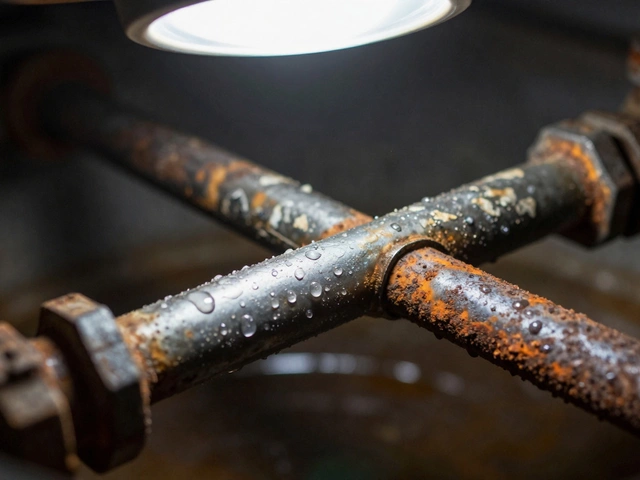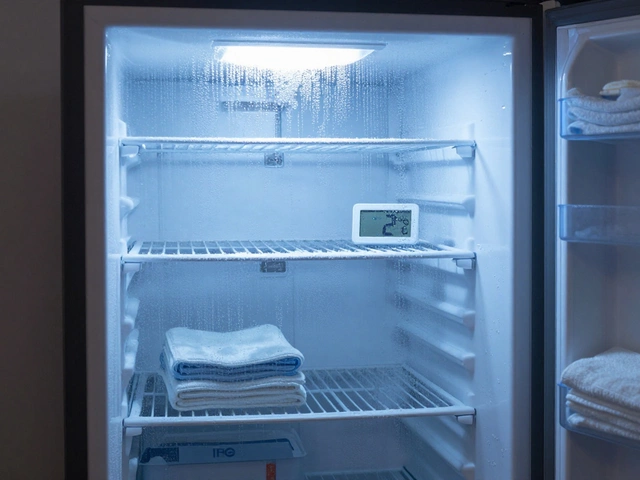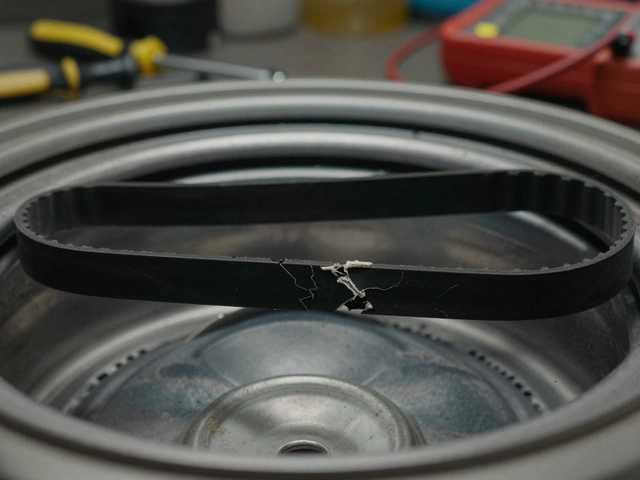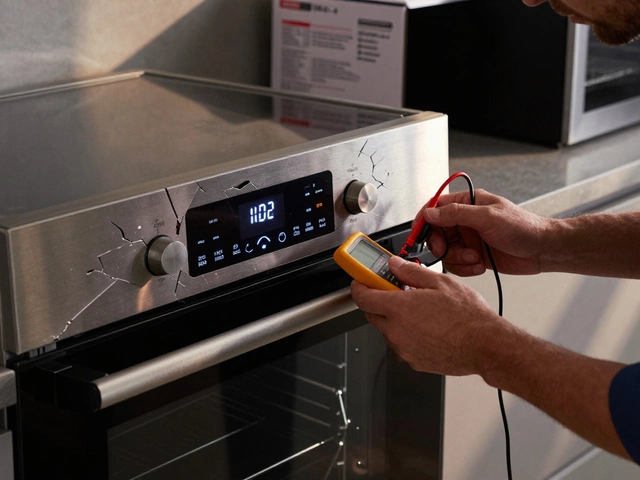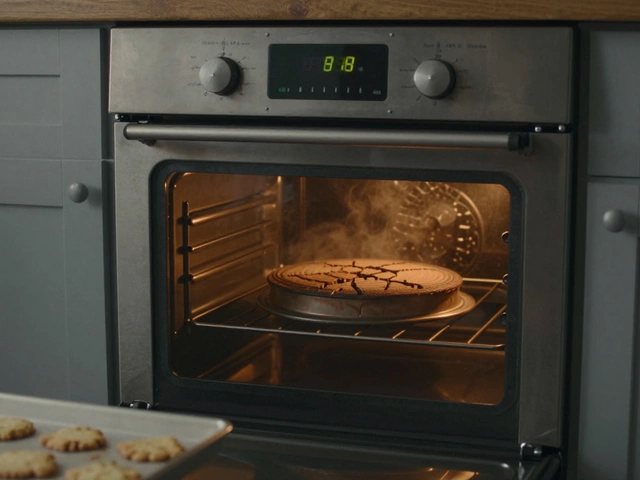4-Year-Old Dishwasher: What to Expect and How to Keep It Running
When dealing with 4-year-old dishwasher, a unit that has been in use for four years and is typically still within its designed service life. Also known as mid‑life dishwasher, it sits at the sweet spot where most wear‑and‑tear issues start to surface but major component failure is not inevitable. 4-year-old dishwasher owners often wonder whether a simple fix will do or if it’s time to start shopping for a new model.
One of the first related ideas is dishwasher repair, the process of diagnosing and fixing faults such as pump failure, heating element problems, or spray arm clogs. It requires a basic set of tools – a multimeter, screwdriver set, and a keen eye for leaked water. The repair process encompasses checking electrical connections, cleaning filters, and sometimes replacing worn seals. Knowing that dishwasher repair often mirrors the steps we outline for dryers, water heaters, and ovens helps you see the common thread across home appliances.
How Appliance Lifespan Shapes Your Decision
Another key entity is appliance lifespan, the expected number of years a household device will function efficiently before major parts need replacement. For a dishwasher, the average lifespan is 8‑12 years, so a 4‑year‑old unit is roughly halfway there. This fact influences the repair‑vs‑replace calculus: if the cost of a new pump or heating coil is under 30% of a brand‑new machine, fixing makes sense. If the fault involves the sealed system or the control board, the repair cost can tip over that threshold, signalling it’s time for an upgrade. The lifespan metric also ties directly to energy efficiency, how much electricity or water a dishwasher uses during a wash cycle. Newer models often carry A+++ ratings, meaning a replacement can shave off both utility bills and carbon footprint.
Common dishwasher problems – like a noisy motor, stagnant water, or dishes not drying – usually stem from three areas: the pump, the heating element, and the spray arm. The pump moves water; if it hums but doesn’t spin, the impeller may be jammed. The heating element ensures hot water for drying; a broken element shows up as cool dishes after the cycle. A clogged spray arm prevents even water distribution, leaving food residues. Each symptom mirrors issues we discuss in our dryer and water‑heater guides, so the troubleshooting steps feel familiar.
Beyond the mechanical side, regular maintenance can double a dishwasher’s healthy years. Running a hot rinse cycle monthly, cleaning the filter after each use, and checking the door gasket for wear are quick habits that pay off. When you pair these DIY steps with the right diagnostic tools, you’ll often spot the problem before it becomes expensive.
Below you’ll find a curated set of articles that dive deeper into specific faults, cost‑breakdown tables, and step‑by‑step repair instructions. Whether you’re a first‑timer or a seasoned fixer, the collection gives you the confidence to decide the best path for your 4‑year‑old dishwasher and keep your kitchen humming smoothly.
25 October 2025
·
0 Comments
Learn how to decide if fixing a 4‑year‑old dishwasher makes sense. Compare repair costs, replacement prices, energy savings, and key factors to choose the best option.
Read more


